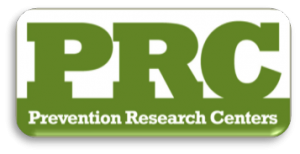Can Community Health Workers Improve Population Health?

Can community health workers improve population health? This is a question that NC AHEC Associate Director Sam Cykert, MD, UNC School of Nursing Assistant Professor Jennifer Leeman, PhD, MDIV, and their team are trying to answer.
 By directly targeting cardiovascular disease in rural and underserved communities, Cykert and Leeman’s CHANGE project is using a kind of health professional called a community health worker (CHW). CHWs will strengthen the linkages between public health and clinical practice, thereby enhancing community outreach, care coordination, and delivery of behavioral change strategies. CHANGE (Carolina Heart Alliance Networking for Greater Equity) is an applied research project funded by the federal Centers for Disease Control and Prevention through the UNC Center for Health Promotion and Disease Prevention (HPDP), a Prevention Research Center.
By directly targeting cardiovascular disease in rural and underserved communities, Cykert and Leeman’s CHANGE project is using a kind of health professional called a community health worker (CHW). CHWs will strengthen the linkages between public health and clinical practice, thereby enhancing community outreach, care coordination, and delivery of behavioral change strategies. CHANGE (Carolina Heart Alliance Networking for Greater Equity) is an applied research project funded by the federal Centers for Disease Control and Prevention through the UNC Center for Health Promotion and Disease Prevention (HPDP), a Prevention Research Center.
“If one community health worker can help keep even two people out of the hospital, then they will have already paid for their salaries,” said Cykert. “In the clinical setting, we do the best we can to teach patients about their medications and diet but sometimes it takes a peer to reach out in the community setting to get these points across.”
Hertford County is a rural county in northeastern North Carolina.  The population there is 59.7% African American and 26% live below the poverty line. Compared to all 100 counties in the state, Hertford ranks 95th on health behaviors with high rates of smoking (27%), adult obesity (34%), and physical inactivity (34%). (County Health Rankings, 2014)
The population there is 59.7% African American and 26% live below the poverty line. Compared to all 100 counties in the state, Hertford ranks 95th on health behaviors with high rates of smoking (27%), adult obesity (34%), and physical inactivity (34%). (County Health Rankings, 2014)
“We’re taking more than ten years of primary care quality improvement experiences from the NC AHEC practice support group, and teaming up with Roanoke Chowan Community Health Center, the Hertford County Public Health Authority, HPDP, the UNC School of Medicine, and the UNC School of Nursing to see if we can provide support for health improvement out where people live,” noted Cykert.
“As part of the CHANGE strategy, two community health workers have joined the teams at Roanoke Chowan Community Health Center and Hertford County Public Health Authority,” said Leeman. The CHWs role includes the following:
- Reach out to underserved populations
- Deliver an evidence based program, Heart-to-Health, and other resources to clinic patients and community members
- Link community members to clinic, public health, and community-based services that promote heart health
- Improve coordination of care across clinical and public health settings
- Support culturally relevant and heart healthy changes in community environments where people live and work
The two CHWs hired, Nakita Moore and Taylor Myerswere, born and bred in Hertford County. They started work in October 2015, were trained in November 2015, and since January 2016 have already connected with over 50 community members.
The CHANGE project has three research aims:
Aim 1 – Refine the CHANGE strategy in Hertford County (2014)
- Inventory existing clinic and community services to improve heart health and understand barriers to using them.
- Work together in planning how to integrate the CHANGE strategy into current clinical and public health practice.
- Assess the usability of a tablet computer to aid CHWs in community outreach and providing patient support.
Aim 2 – Assess the CHANGE strategy’s implementation and effectiveness (2014-2017)
- Implementation
- Engaging partners and building capacity to plan and implement the CHANGE strategy.
- Reaching community members.
- Delivering a service that is affordable, sustainable, acceptable, and feasible.
- Effectiveness
- Reducing risk of cardiovascular disease.
- Increasing proportion of the clinic’s total at-risk population that have cholesterol and blood pressure under control as compared to three matched comparison clinics.
Aim 3 – Replicate the CHANGE strategy in another community (2017-2019)
- Identify its core components.
- Create an implementation toolkit.
- Promote CHANGE to new communities.
